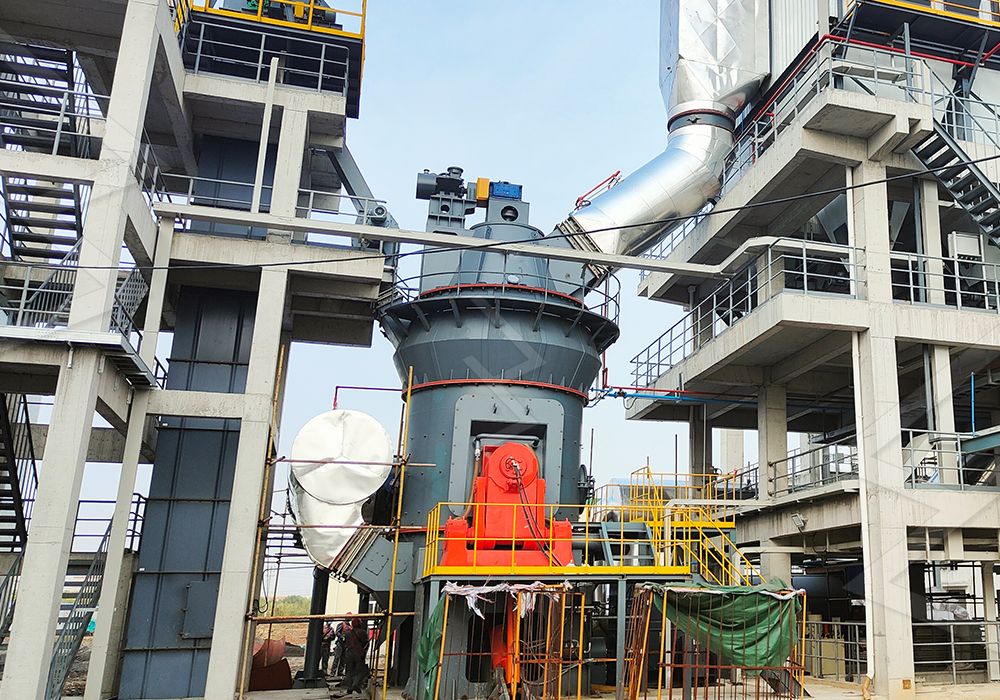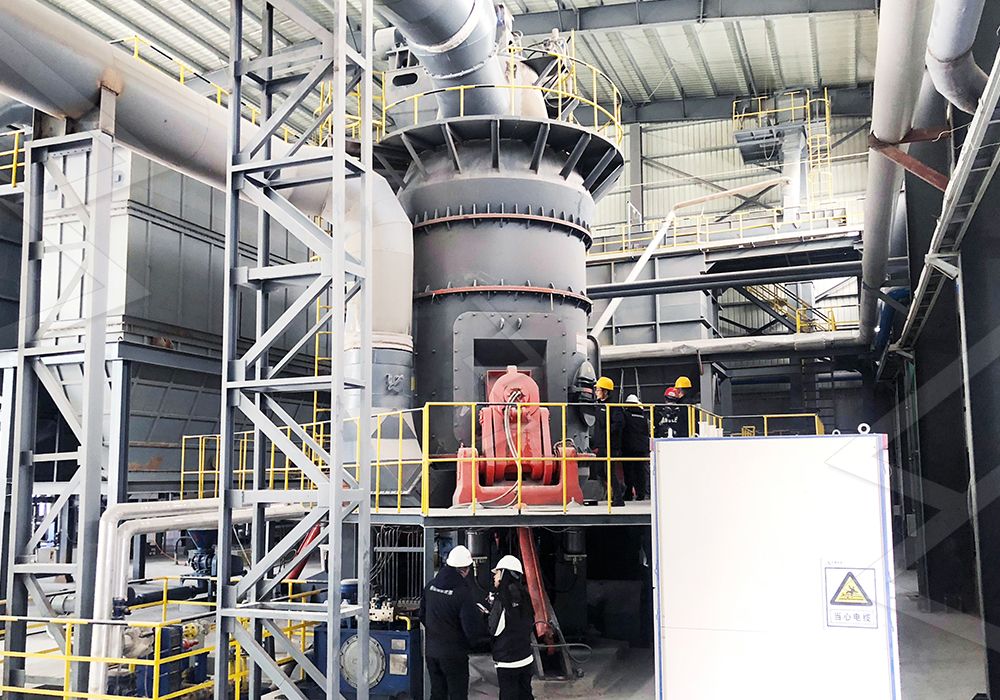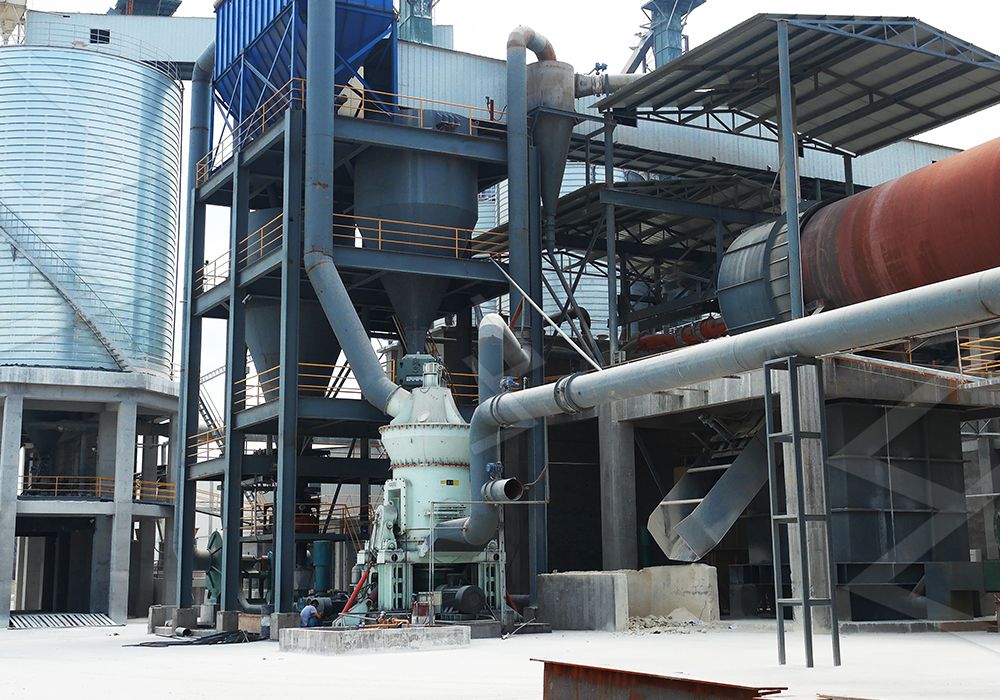Which Grinding Mill is Best for Processing Slag?
Which Grinding Mill is Best for Processing Slag?
Slag, a byproduct of industrial processes like steel production, presents both challenges and opportunities for processing operations. With its abrasive nature and variable composition, selecting the right grinding equipment is crucial for achieving optimal efficiency, product quality, and operational cost-effectiveness. The transformation of this industrial waste into valuable materials for cement production, concrete additives, and construction applications requires specialized milling technology.
The ideal slag grinding mill must handle abrasive materials reliably while delivering consistent particle size distribution, operating with energy efficiency, and minimizing maintenance requirements. Through years of industry experience and technological advancement, several mill types have emerged as frontrunners for slag processing applications.

Key Considerations for Slag Grinding
When evaluating grinding mills for slag applications, several critical factors demand attention. The abrasive nature of slag necessitates robust construction and wear-resistant components to ensure longevity. Energy consumption represents another significant consideration, as grinding operations typically account for a substantial portion of plant operating costs. Additionally, the ability to achieve the required fineness for specific applications—whether for cement replacement or other value-added uses—directly impacts product marketability.
Modern slag grinding solutions must also address environmental concerns, with dust collection systems and noise reduction features becoming increasingly important for regulatory compliance and community acceptance. The integration of drying capabilities within the grinding system offers particular advantages for slag with higher moisture content, eliminating the need for separate drying equipment.
Vertical Mills: The Premier Choice for Slag Grinding
Among the various grinding technologies available, vertical mills have demonstrated exceptional performance in slag processing applications. Their design integrates multiple processes—crushing, grinding, drying, classification, and conveyance—into a single compact unit, reducing both footprint and energy requirements. The vertical orientation facilitates efficient material transport and classification, while contemporary designs incorporate advanced features that specifically address the challenges of slag processing.
For operations requiring specialized slag processing capabilities, the LM Vertical Slag Mill represents a purpose-built solution. Engineered specifically for industrial waste grinding, this mill integrates drying, grinding, powder selection, and conveying in a single system. With a capacity range of 7-100 T/H and handling input sizes of 38-65mm, it covers most industrial slag processing requirements. The mill’s unique grinding device achieves integration of grinding and powder selection, while its vertical structure reduces the covered area by approximately 50% compared to ball mill systems. Most notably, energy consumption is just 30-40% of equivalent ball milling systems, delivering substantial operational savings.

Ultrafine Solutions for Specialized Applications
For operations requiring finer slag powders for high-value applications, ultrafine grinding technologies offer additional possibilities. The MW Ultrafine Grinding Mill provides an excellent option for producing ultra-fine slag powders with fineness adjustable between 325-2500 meshes. With an input size capability of 0-20mm and capacity ranging from 0.5-25 TPH, this mill incorporates German cage-type powder selector technology for precise powder separation. Its innovative design eliminates rolling bearings and screws from the grinding chamber, addressing common failure points in abrasive applications. The efficient pulse dust collector and muffler system ensures environmentally responsible operation, making it suitable for plants with strict emission requirements.
Comparative Advantages in Slag Processing
When compared to traditional ball mills or Raymond mills, modern vertical and specialized grinding systems demonstrate clear advantages for slag processing. The material’s shorter residence time in vertical mills reduces overgrinding and minimizes iron contamination—a critical factor for maintaining product whiteness and purity. Additionally, the ability to operate under negative pressure prevents dust spillage, while advanced automation systems enable precise control over grinding parameters and product characteristics.
The wear-resistant materials employed in contemporary mill designs specifically address slag’s abrasive properties, extending component life and reducing maintenance frequency. Features like hydraulic roller adjustment systems facilitate quick maintenance when required, minimizing downtime and associated production losses.

Making the Right Choice for Your Operation
Selecting the optimal slag grinding mill depends on multiple factors specific to each operation: the volume of material processed, required product fineness, moisture content of feed material, available space, and budget considerations. For most industrial-scale slag processing applications, vertical mills typically deliver the best balance of performance, efficiency, and operational cost. Specialized ultrafine mills serve niche applications where premium product characteristics command higher market prices.
Regardless of the specific technology selected, partnering with manufacturers offering comprehensive technical support and genuine spare parts ensures long-term operational reliability and protects your grinding investment.
Frequently Asked Questions
Q: What makes vertical mills particularly suitable for slag grinding?
A: Vertical mills integrate multiple processes into a single unit, offer higher energy efficiency, require less floor space, and provide better control over product fineness compared to traditional grinding systems.
Q: How does the LM Vertical Slag Mill handle abrasive materials?
A: The LM Vertical Slag Mill utilizes high-performance wear-resistant materials for critical components and features a unique grinding device that minimizes wear while maintaining grinding efficiency.
Q: Can slag grinding mills process materials with moisture content?
A: Yes, many modern slag grinding mills, including the LM Vertical Slag Mill, integrate drying capabilities that allow them to handle materials with varying moisture levels without requiring separate drying equipment.
Q: What fineness can be achieved with slag grinding mills?
A: Depending on the mill type, fineness ranging from standard cement replacement grades to ultra-fine powders (up to 2500 meshes with the MW Ultrafine Grinding Mill) can be achieved to meet specific application requirements.
Q: How significant are the energy savings with modern slag grinding mills?
A: Advanced grinding systems can reduce energy consumption by 30-50% compared to traditional ball mills, representing substantial operational cost savings over the equipment lifetime.
